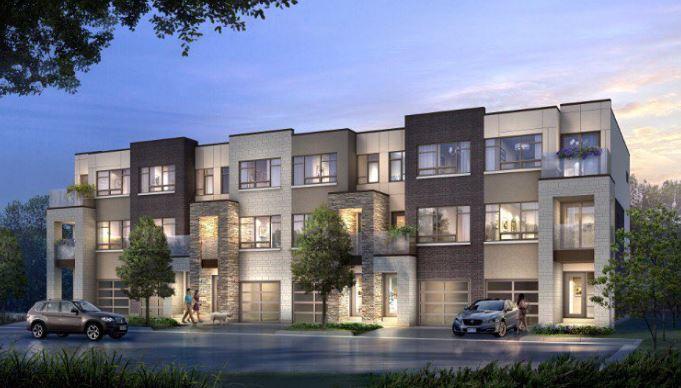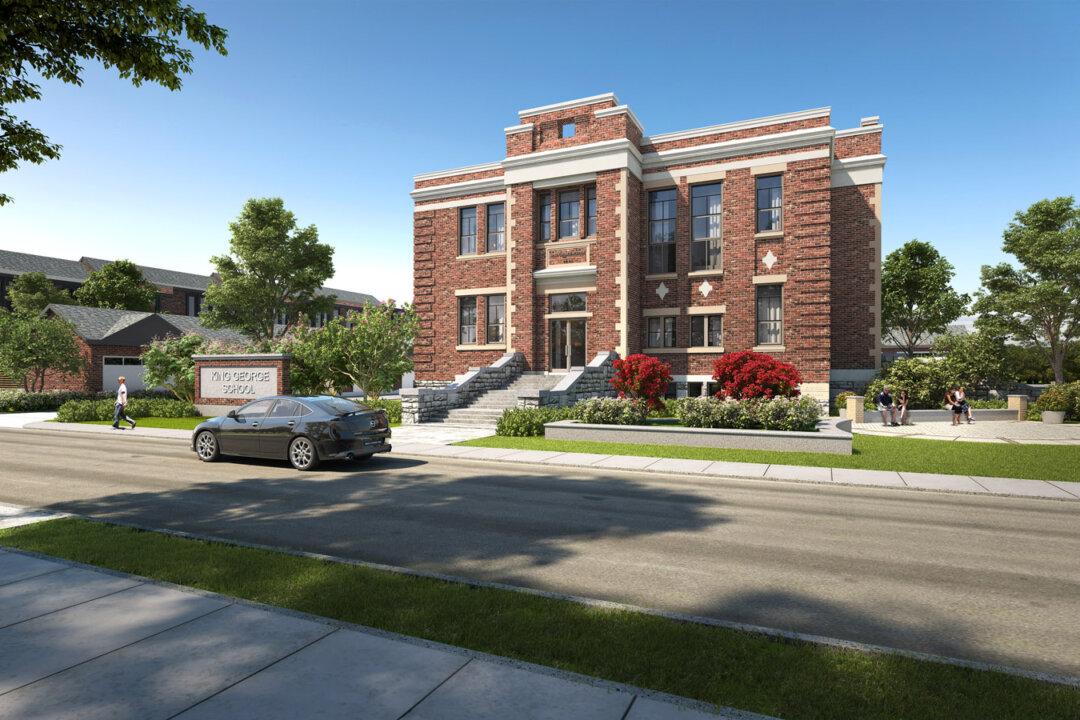Stacked townhouses, once only to be found in downtown Toronto, are now cropping up all around the GTA—and beyond.
That’s according to Ben Myers, senior vice-president of market research and analytics for Fortress Real Developments, which is partnering with ADI Development Group on this summer’s launch of Station West, a mixed-use community in Burlington that'll feature stacked townhouse product prominently.
The first phase of this 13-acre development—located in an area targeted by the City of Burlington for hyper-intensification, adjacent to Aldershot GO station—will include 200 stacked towns. (It will also have 64 standard townhouses and 60 back-to-back townhouses.) The homes are designed by Icon Architects, with interiors by U31.
Not that long ago, Myers said, the GTA averaged 10 to 15 stacked townhouse projects a year.
“Now we’re getting 20 to 25 of them.”
Stacked towns are a palatable alternative for those who can’t afford a detached home but don’t want to live in a tall condo tower.
“It’s starting to sink in with the buying public that this is a viable product type,” says Myers, adding that stacked towns are more family-friendly than condos, typically sized from 800 to 1,200 square feet, and with lower monthly fees. Even investors, normally drawn to smaller condo suites, are getting in on the stacked town action. “Before they stayed away from low-rise,” Myers says, “but now they’re saying, ‘I can understand this. Housing has become more unaffordable for a young family. This makes sense.’”
Stacked townhouse projects are especially appealing to developers, who are finding it more difficult to make smaller properties work as traditional townhouse sites amid skyrocketing land prices. “So the need to push density makes stacked townhouses the happy medium.”





